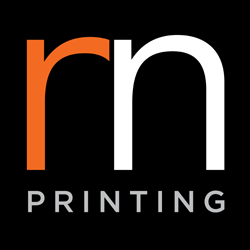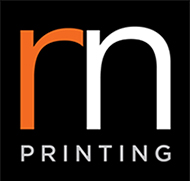It will have a longer shelf life and won’t get yellowed too easily. Stacking them up won’t be a problem either – the spine makes it stronger and the laminated covers make it water resistant to light water drops and stress.
But binding has special purposes depending on the thickness of the document. You need to know what kind of papers you’ll be using and the number of pages to make sure that the spine is strong enough to hold it together. Depending on the kind of document it is, there is a special kind of binding style that could give your document a more professional look.
Different kinds of binding styles:
- Stapling. For the thinnest documents with A4 size paper, this is the ideal style of binding. It’s just one staple away – place it on the upper left hand corner – and make it easier for guests or clients to review the documents they need to check. It’s easy and it can be done by yourself and in any offices.
- Wire or Comb. This is tedious compared to simply stapling the documents – it’s for thicker documents with thorough studies and research materials. You need to drill the documents first, make sure that you collated and the pages are filed properly and orderly, and slide the plastic cover on top. This kind of binding protects the cover title from accidental coffee drops and water droplets.
- Perfect Binding. This kind of binding has a more professional finish – it’s perfect for submitting thesis and other research papers. Since this is specially catered to thick documents, it has a flexible spine than can be comfortably opened in every page without hassle, while maintaining the business-like theme. It’s a great way to present your ideas and designs to your clients.
- Saddle Stitching. This is basically the quickest and most affordable after stapling, but it’s only ideal for thin to medium thickness levels for documents and files. The papers have to be soft as well to make it easier to scan the pages. Saddle stitching includes stapling about two to three lines along the spine, and as the name depicts, it’s stitched together. It’s hard to tear a page out of this kind of binding, which is ideal for pamphlets and other important documentations. This is possibly the only kind of binding that can be laid flat to be read.
- Thermal Binding. This kind of binding is the fastest way to compress and compile your documents successfully. With its clear front and sturdy taped spine, it shows the cover title first whenever you submit it to a client or to your professors. It’s binded with a tough and sometimes hard paper back or maybe a more customised design before submitting. You can even make it look like a traditional book. Aesthetically speaking, this is by far a more professional and clean look compared to the most.



 1300 483 455
1300 483 455 0418 260 940
0418 260 940 132 Marsden St, Parramatta
132 Marsden St, Parramatta




